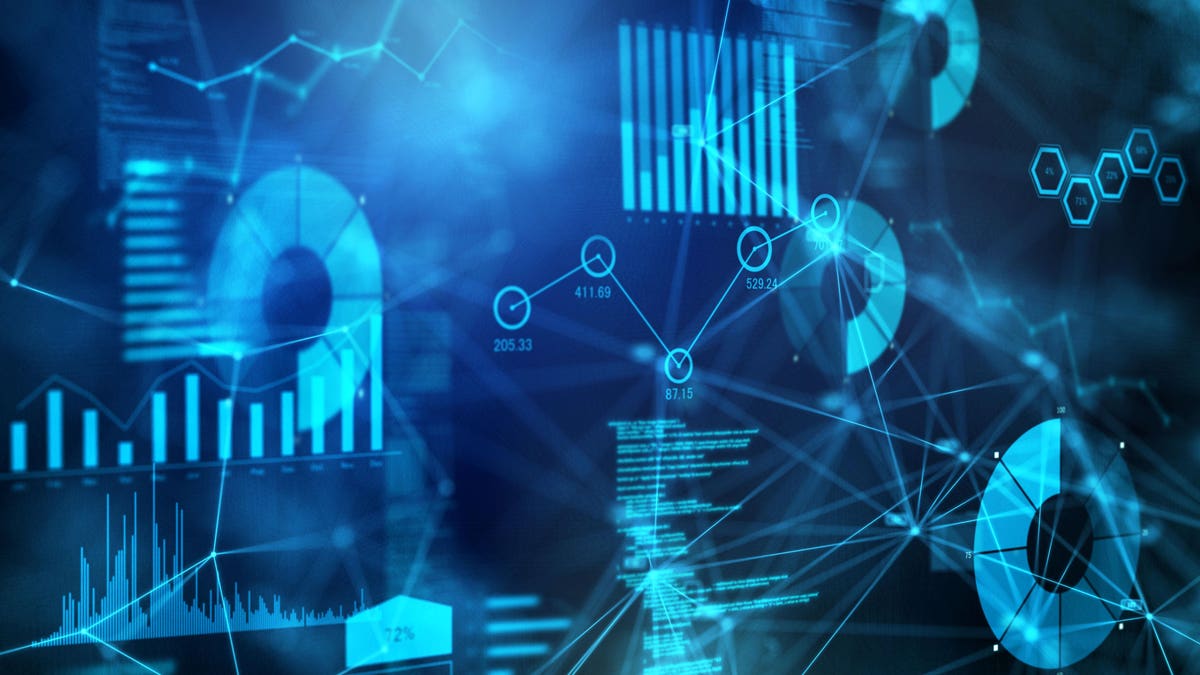Rich Wagner is CEO of Prevedere, which helps business leaders forecast their company’s future performance and plan for tomorrow.
In today’s business environment, one of the biggest challenges that executives face is finding new planning and forecasting processes that move the business from making reactionary changes to proactive, strategic growth. Many smart executives are turning to artificial intelligence (AI) and machine learning (ML) to gain as many insights from real-time data as possible. In fact, almost all CFOs agree that they need real-time data to make better decisions, yet only 16% reported having it today.
The proof is in the economy. The volatility of the past few years has made it increasingly harder for business leaders to plan and predict business outcomes without AI’s ability to recognize patterns and make data-based predictions.
Business leaders who combine an organization’s internal historic data with external economic data from AI-driven sources are given a holistic view of the challenges and can better identify operational pain points. This allows them to make more strategic decisions and produce impactful business outcomes and market disruptions.
How Predictive Insights Have Changed The Demand Forecasting Game
If business leaders have learned anything over the past few years, it’s how much influence the economy and external factors have on demand and, therefore, business success. This was apparent during the pandemic when a raw material shortage occurred, which led to price increases of some key materials as high as 60% and international transportation prices increasing as high as 400%.
Traditionally, businesses only use their own internal data on industry trends, seasonality, cyclical drivers and so on mixed with company growth goals to forecast demand. But this creates a fragile forecast that is easily impacted and derailed by external drivers.
In 2023, a company that is not taking outside factors into account is one that is not set up for success. The ever-changing landscape of society means that a business needs to be prepared to weather any storm.
For example, if a consumer goods company did not factor inflation into its plan, it would not have adjusted its prices accordingly or explored ways to still attract customers during the necessary price increases. By not utilizing external data for demand forecasting, business leaders risk inventory issues, manufacturing inefficiencies, improper pricing, poor customer satisfaction and more.
But while taking external factors into account is important, having the right tools to analyze the data so that business leaders can get a full picture of the possible outcomes and how to adjust if needed is the ultimate key to success.
For years, there have been demand forecasting applications that help leaders sift through the data quicker and easier than they could before, but those that leverage predictive insights and analysis can take that data a step further.
Predictive applications use a combination of internal and external data that is then utilized to create algorithms and modeling engines to predict market and business performance. These algorithms give business leaders the flexibility they need—with forecasts running up to 18 months in advance—to make adjustments to demand based on upside, baseline and downside predictions.
It’s these types of predictive guardrails that provide business leaders with the flexibility to tighten their demand forecasting and produce better business results.
Driving Profound Business Outcomes With AI And ML
Predictive insights also give business leaders an opportunity to increase their competitive edge by conceptualizing different approaches to business challenges and helping to predict the possible outcomes without having to actually change operations. In many ways, these applications can limit the risk of business experimentation and support creative approaches that will help businesses differentiate in noisy markets.
With extraordinary amounts of data at our fingertips, business leaders should consider utilizing AI and ML that use predictive insights and analytics in order to drive profound business outcomes. Instead of licensing applications that only offer faster and easier solutions, these applications are able to create predictive solutions that keep business leaders from being reactive changers and instead continue on as proactive decision-makers.
Limitations To Consider
AI- and ML-based predictive planning has certain limitations despite its usefulness in navigating the economy. Specifically, unexpected disruptions like the Covid-19 pandemic can’t be predicted.
While these technologies can provide valuable insights into the impact of such a disruption, they are not foolproof when it comes to anticipating unforeseen events or hiccups. Incorporating economist and industry-expert insight helps bridge this gap in AI/ML, enabling a comprehensive and well-rounded approach to forecasting and decision-making.
With several key events set to happen within the next two years—such as elections and continued inflation—and unforeseen events that may occur, those who start to implement AI and ML into their forecasts are more likely to withstand any storm. But the ones who choose to stick to outdated methods may not be around for the next World Cup.
Forbes Technology Council is an invitation-only community for world-class CIOs, CTOs and technology executives. Do I qualify?
Read the full article here





